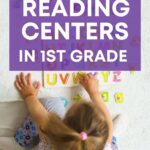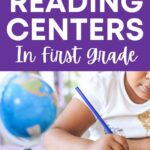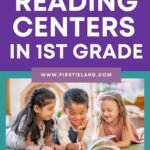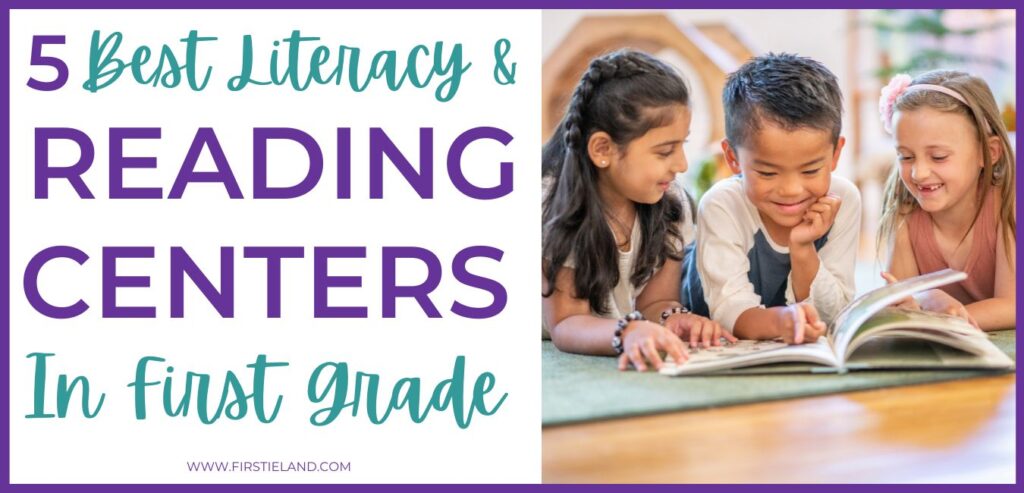
Are you using reading centers in your classroom? Kindergarten and 1st grade are the foundational years for students to begin to develop literacy skills. Whether it's learning to recognize letters, spell words, writing sentences, or learning how to read, it's a critical time in a child's academic life. To help children reach these goals in the most effective way possible your students will need lots of practice. One of the best ways to do that is through the use of reading or literacy centers.
Most teachers have time set aside during their day to meet with a small group of students to work on different activities in reading. During this time, teachers can help students who may be struggling with phonics skills, CVC words, long vowels, fluency practice, or other reading instruction in a variety of ways. Small group instruction is a great place to help students work at their own pace and is often one of the most important times of the day. But often teachers ask…
What is the rest of the class doing when I'm meeting in small groups?
Reading stations give children the opportunity to practice skills that they've been learning in class, giving you a little bit of time to work at your small group table with other students. It's important to introduce your literacy center time at the beginning of the year and show students exactly how to use each center. Teach students your expectations for each literacy center and create a rotation schedule for students to follow. First grade teachers who introduce center activities in this way have fewer interruptions to their reading groups and encourage student independence the entire year. Take a look at this blog post to see how to set up and manage your reading centers in your classroom.
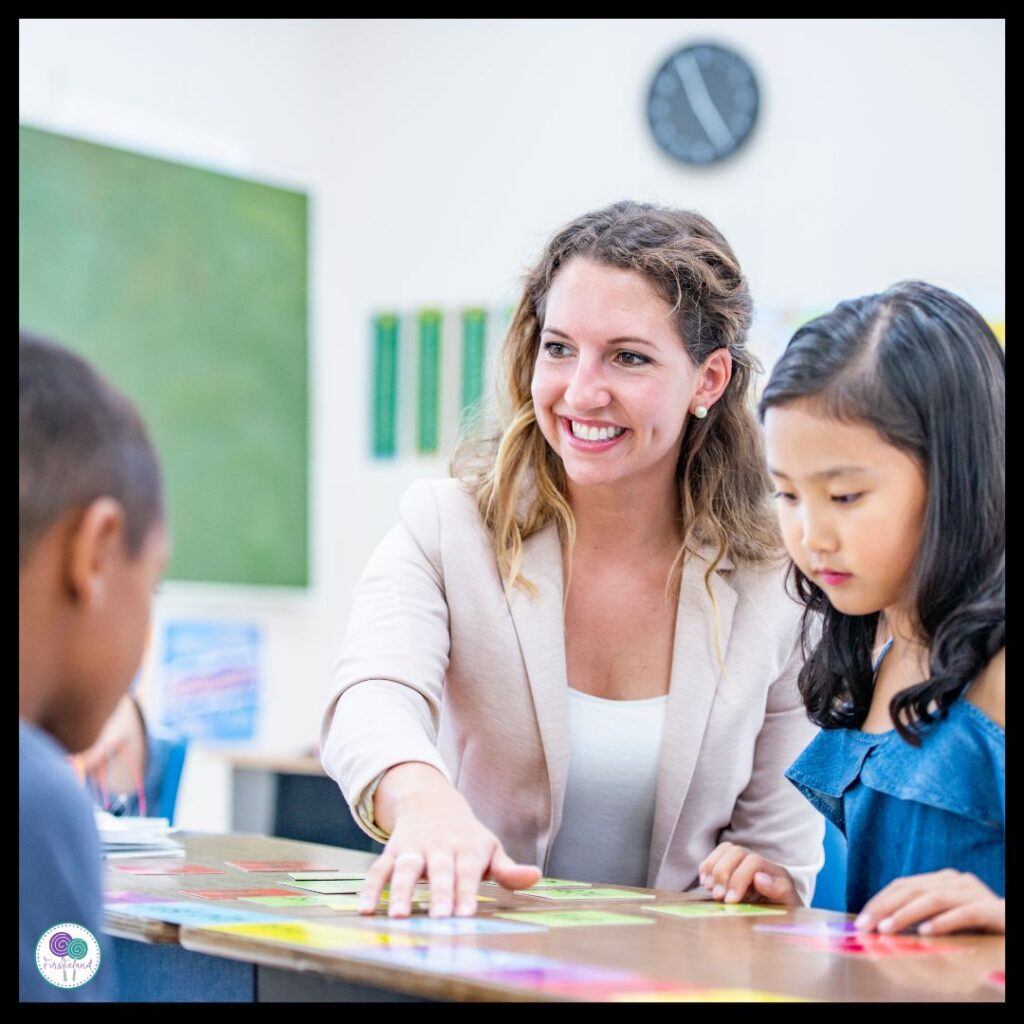
With the right classroom management strategies, resources and activities, you can create a fun and stimulating environment that encourages practice and independent learning. Let's take a closer look at some of the top literacy and reading centers that are perfect for any kindergarten or first-grade classroom.
Reading Center #1 – Classroom Library
One of the very first reading centers you should create is your classroom library. Having a library center in a kindergarten or first grade classroom is a great way to help children develop their reading and comprehension skills. This dedicated space can provide kids with the opportunity to gain confidence and enthusiasm when it comes to books. With some simple organization and planning, teachers can create an inviting atmosphere that will encourage students to explore literature.
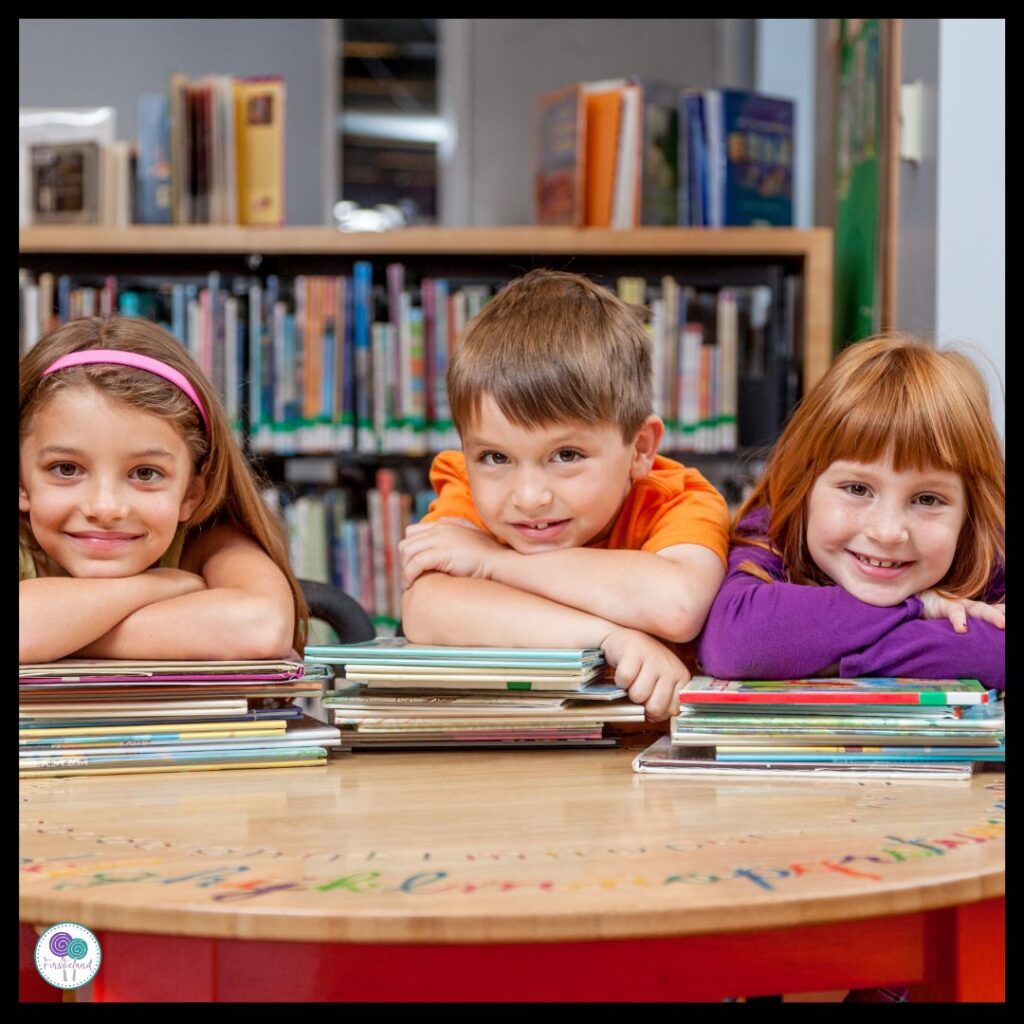
The first step in setting up a library center is choosing the right location within the classroom. Pick a spot with good lighting (maybe near a window) and that’s easily accessible so students can reach the books. It should have enough room so children can move around comfortably while browsing for titles. Include comfortable seating options like beanbags or rugs, as well as shelves or small bookcases for storing materials neatly.

Fill your library with both fiction and non-fiction titles. Include books written by your favorite authors, seasonal books, decodable books, and even children's magazines. Next, create a system to help children locate books easily. Label your books and keep them in matching labeled boxes. This will make it easy for children to find the books they want to read and will keep your library organized. Some teachers allow students to choose their own books to fill a book bag that is used during independent or partner reading time. Your classroom library can be a sweet spot to keep a tub with all of your student's book bags. Click here to grab these free book labels.
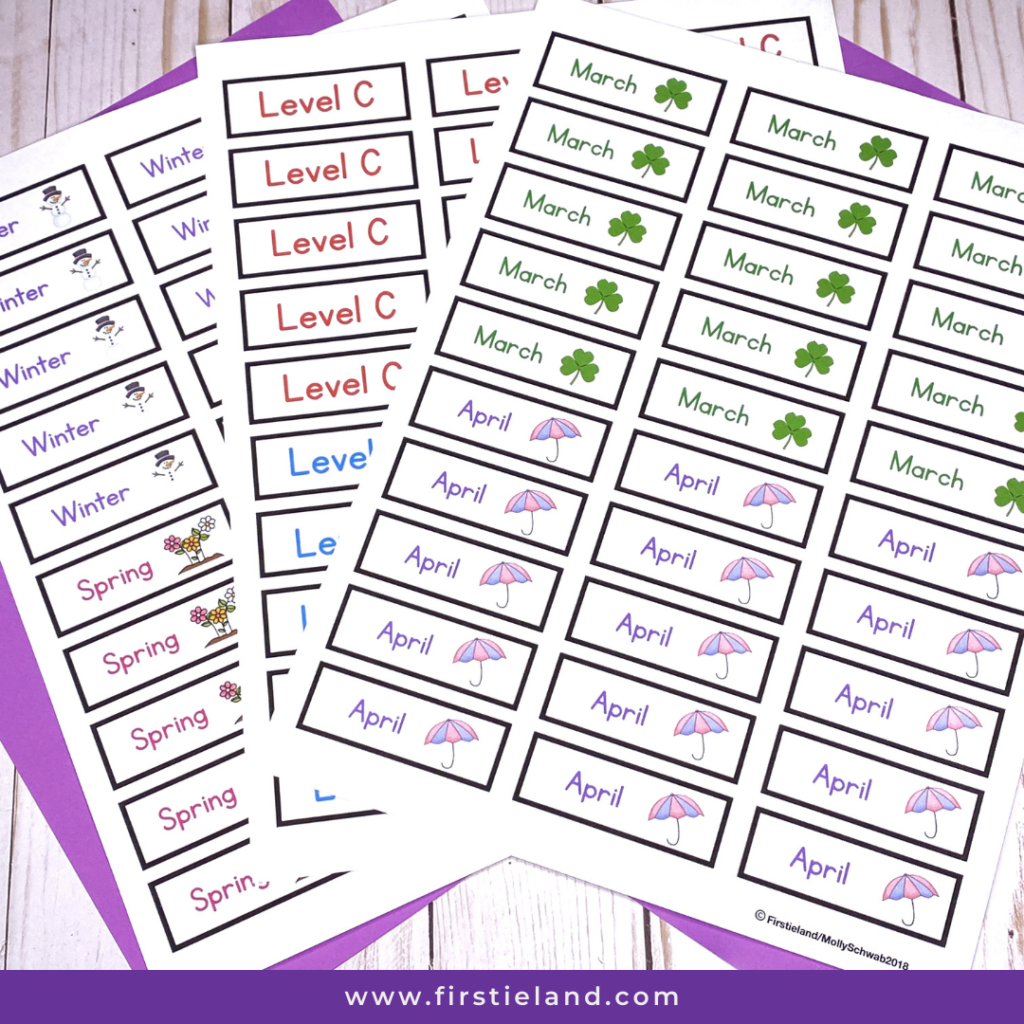
Reading Center #2 – Listening To Books
Listening to books is another great classroom center to promote literacy and language development in a kindergarten or first-grade classroom. A listening center can be as simple or as elaborate as desired, but the goal is always the same: to teach students how to listen while they are exposed to stories and sound clips.
In this day and age, there are lots of technology options for creating a listening center. In my classroom, I had several options including an old cassette player with books on tape, CDs, and tablets. Old school technology like cassette tapes may seem outdated but to your students, it's brand new! They have probably never seen a cassette player and will be fascinated to use one.
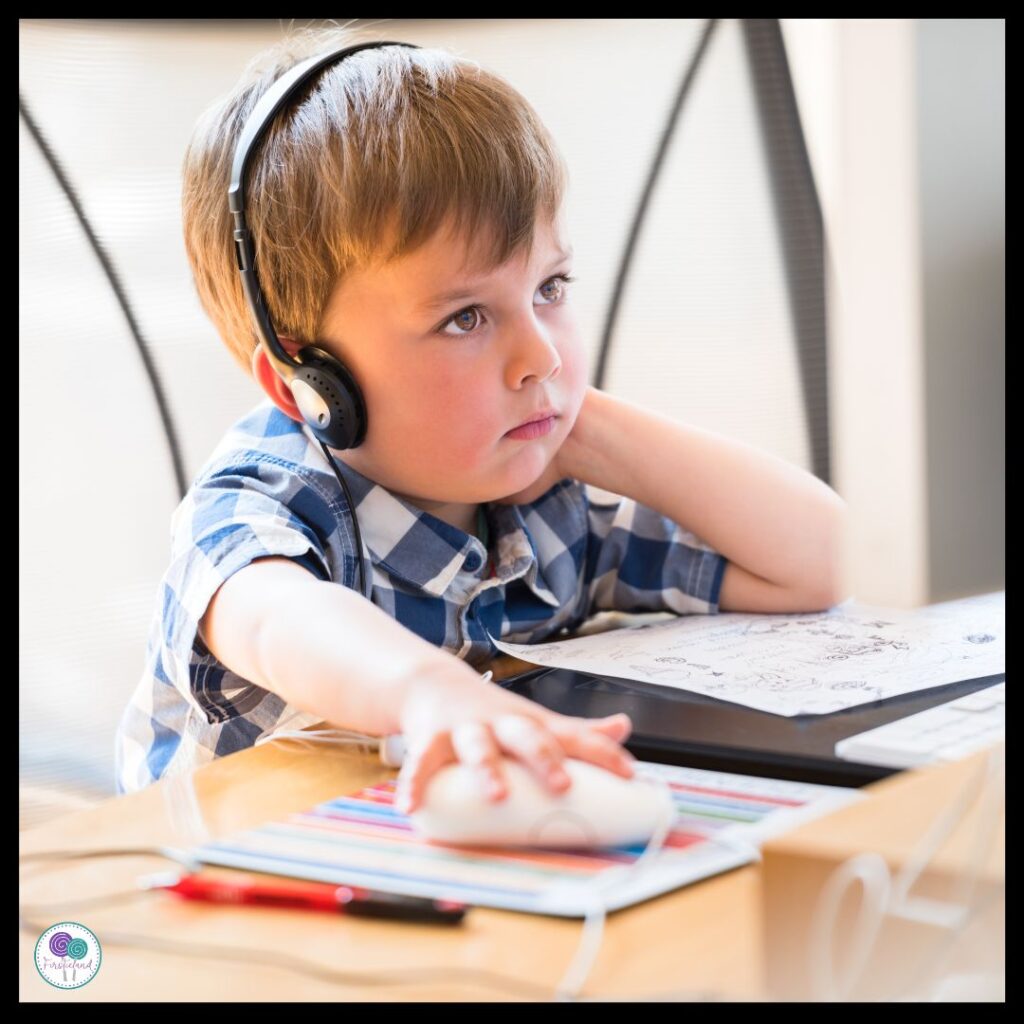
With QR codes, CD players, laptops, tablets, and other devices readily available, it's easy for teachers to set up a listening corner that their students can enjoy. QR codes make it easy for students to access audio files with just an old phone or tablet; CD players allow them to listen directly from discs; laptops and tablets enable more complex media access such as streaming music or stories from websites. No matter what type of listening device you choose to use at your center, it's important to remember to have books available too. Primary students love to flip through the pages of the book that they are listening to.
Reading Center #3 – Word Work
A third reading center that you can add to your classroom is a word work station. It's a great area for students to practice letters, sounds, phonemic awareness, phonics, and sight words. The goal of this center is to provide students with the opportunity to practice skills they've been learning in class such as letter names, sounds, blends, digraphs, vocabulary words, and new sight words.
At the word work center, students can practice their reading skills through hands-on activities such as building words with magnetic letters or playing phonics games. Additionally, they can also use flashcards to review sight words or pocket chart sorting activities for different phonics skills. Your word work center can be one of the best literacy centers in your classroom because it gives students the opportunity to practice reading in a fun way.

Literacy Center #4 – Writing Center
Your writing center is an excellent area to help students become independent and confident writers. Writing centers give children the time and space to practice their writing skills, like letter formation and sentence structure with engaging activities that get them excited about writing.
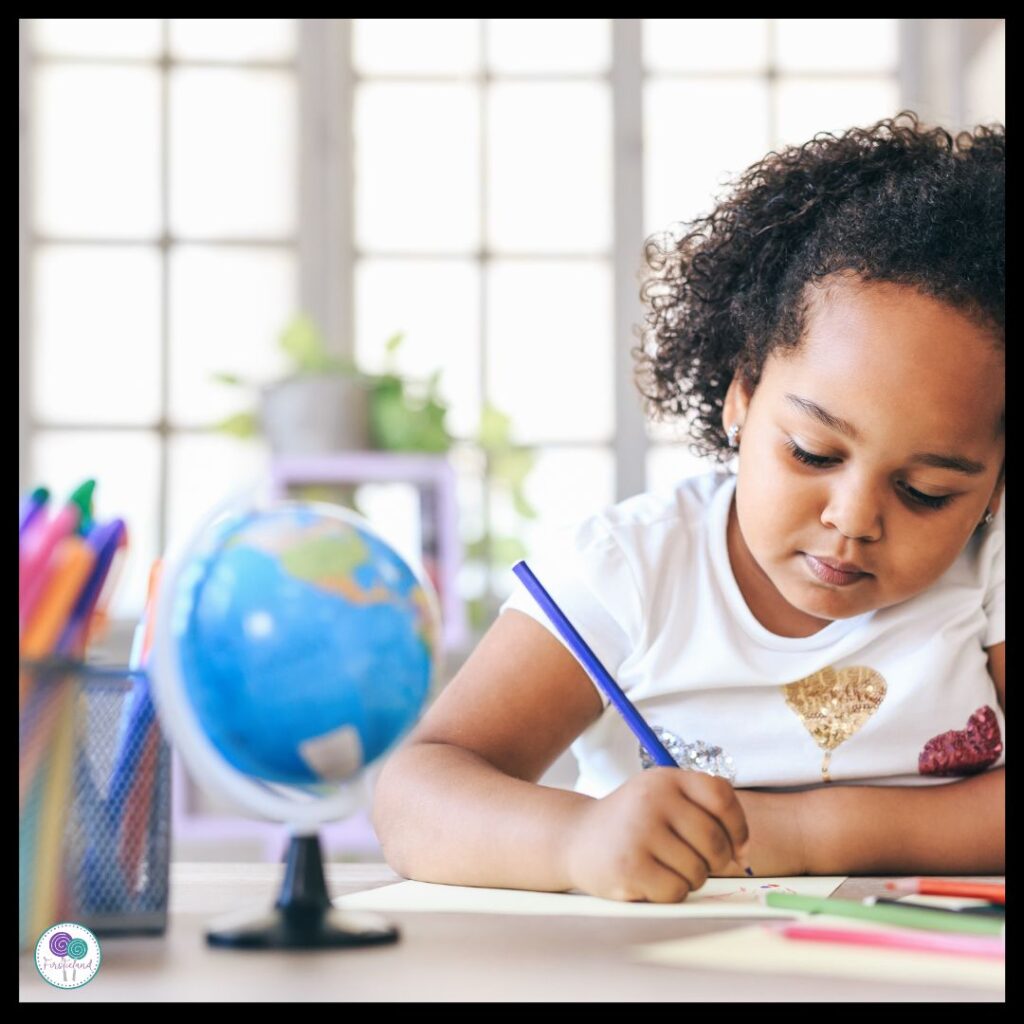
While you're meeting with a guided reading group some students may visit this center for independent practice in writing. Students can practice different writing genres such as labeling a picture, writing a list, and writing letters to friends. They can even practice more sophisticated types of writing as the year progresses such as procedural, opinion, or informational writing. Having a yearlong writing center is a great opportunity for students to practice writing and generate ideas on their own.
Literacy Center #5 – Spelling
Believe it or not, a spelling center can become one of your student's favorite places to visit in the classroom. By providing an inviting space, children can practice and memorize spelling words in an engaging way. I like to add seasonal props and fun ways of practicing spelling words at this center.
One of my student's favorite activities is called Spooky Spelling. They write their words with a white crayon on the ghost worksheet and then paint over top of the word with watercolor paints. They absolutely love this activity and it makes spelling practice so much more fun!
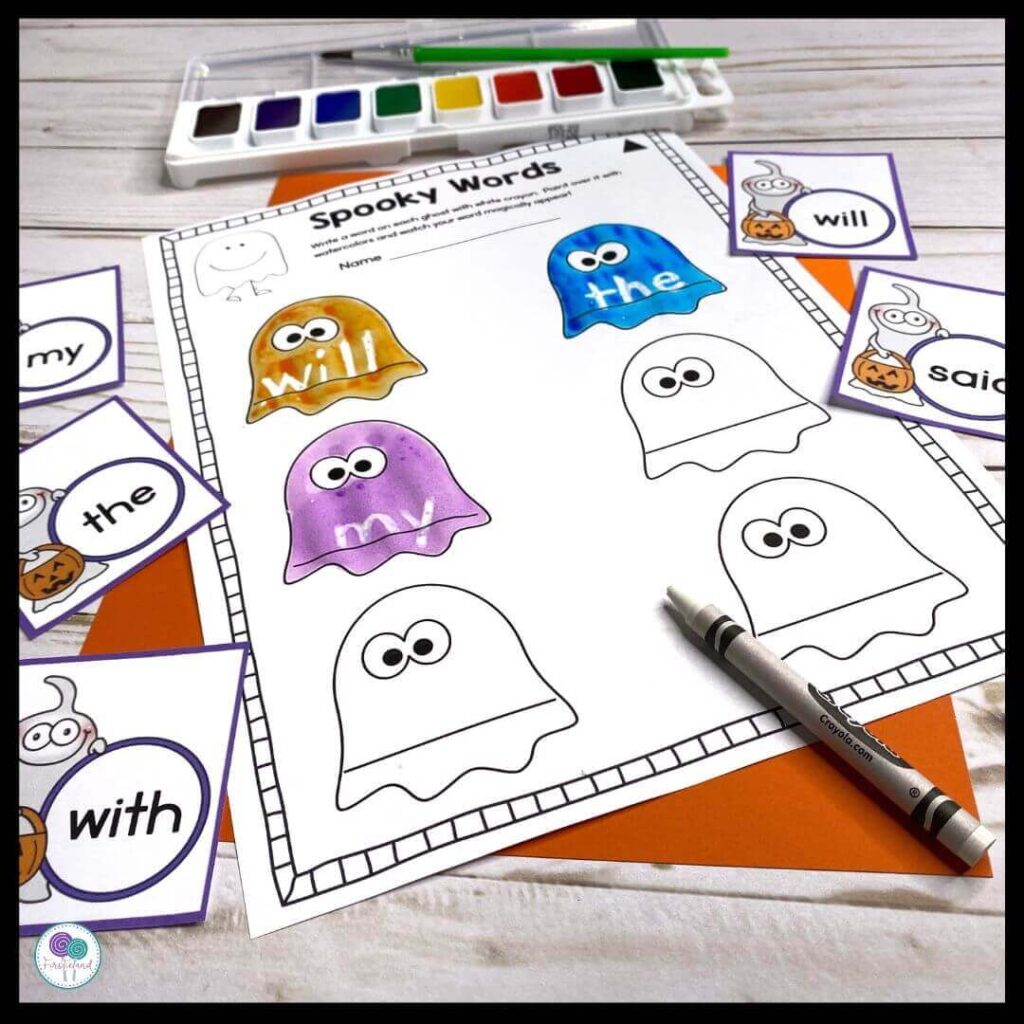
One way to keep your spelling center engaging and fun is by having a variety of open ended activities thatcan be use with any list of words. Activities like writing your words in sand, rainbow writing, or writing with chalk are all great ways to help students remember how words are spelled.
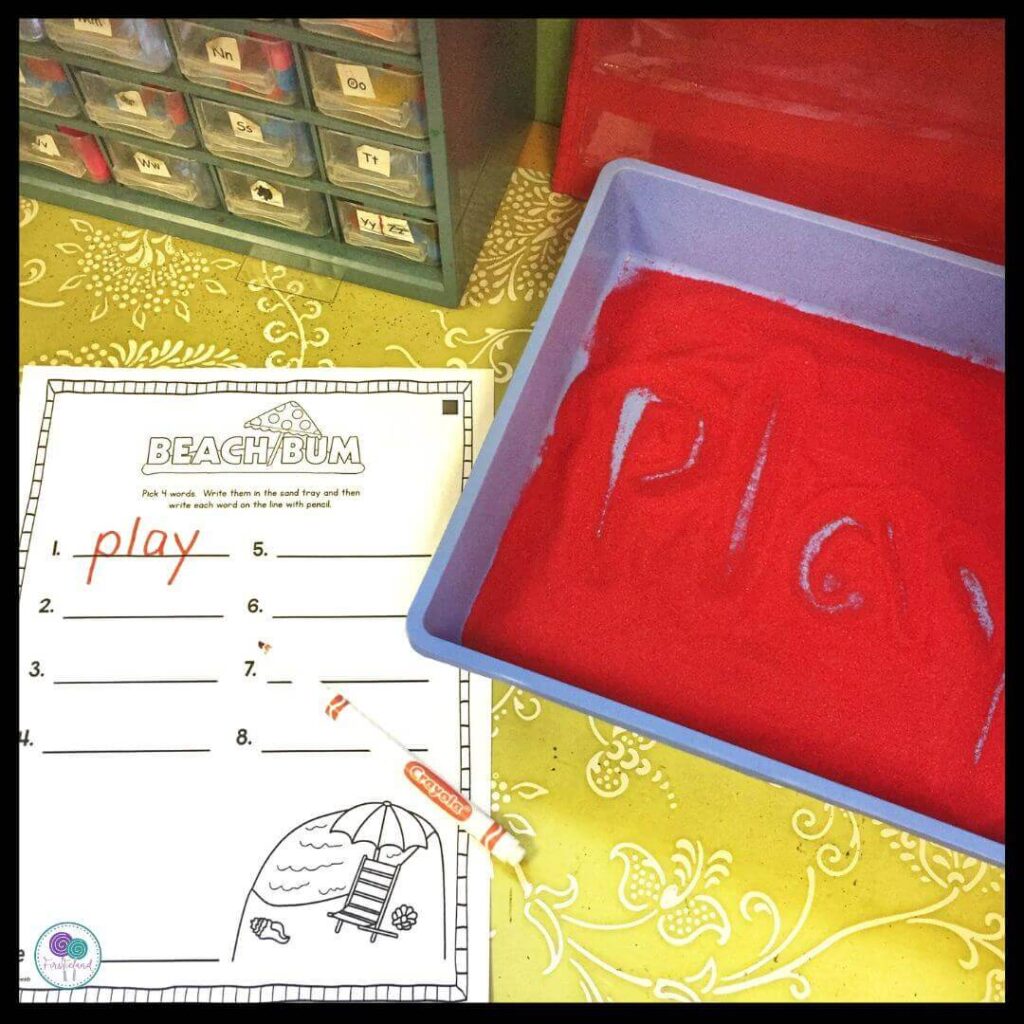
A spelling center is more than just a place for memorizing lists of words – it’s also an opportunity for kids to develop fluency in reading, writing, and language usage. They can use the center for word searches and simple crossword puzzles that help them identify patterns in how letters are used to create words. It allows them to practice using phonics rules as well as gain confidence with unfamiliar words they may encounter in books or other activities.
Conclusion
Kindergarten and first grade are important years for reading development. Reading centers provide a fun and interactive way to help students practice the skills they need in order to reach their grade level reading goals by the end of the school year. Whole group teaching is where you will spend the bulk of your day, but the use of high-quality literacy centers will give you the time to meet with small groups of students at your reading table. It's one of the best practices you can add to your literacy block.
With a little creativity and simple resources, teachers can create a variety of centers that will benefit all students. If you're ready to set up your classroom literacy centers take a look at these resources to help you get started!
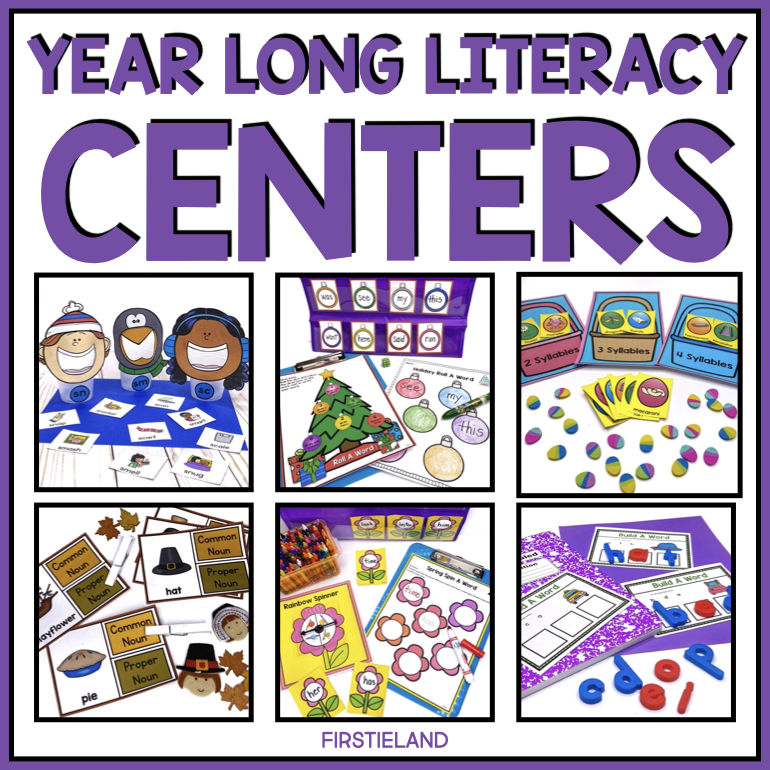
Want more ideas about literacy centers? Take a look at these posts:
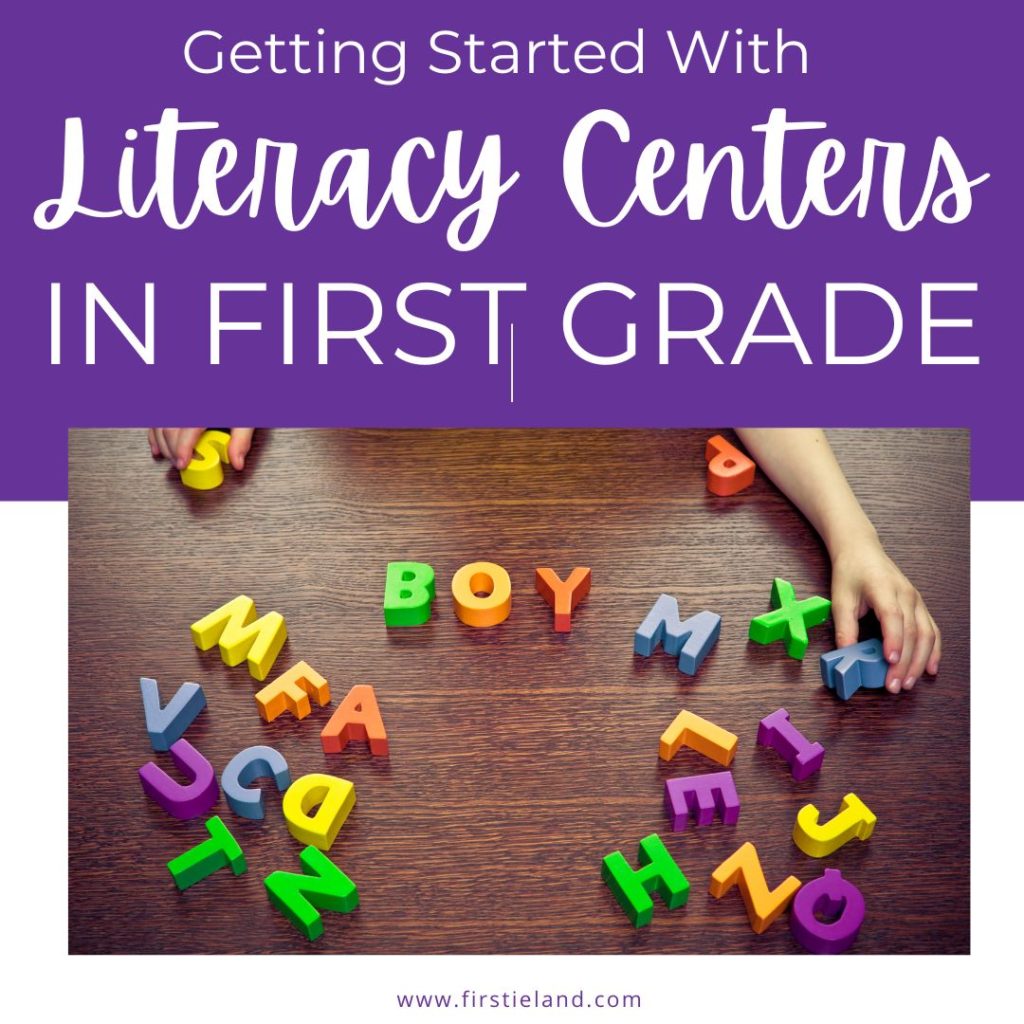
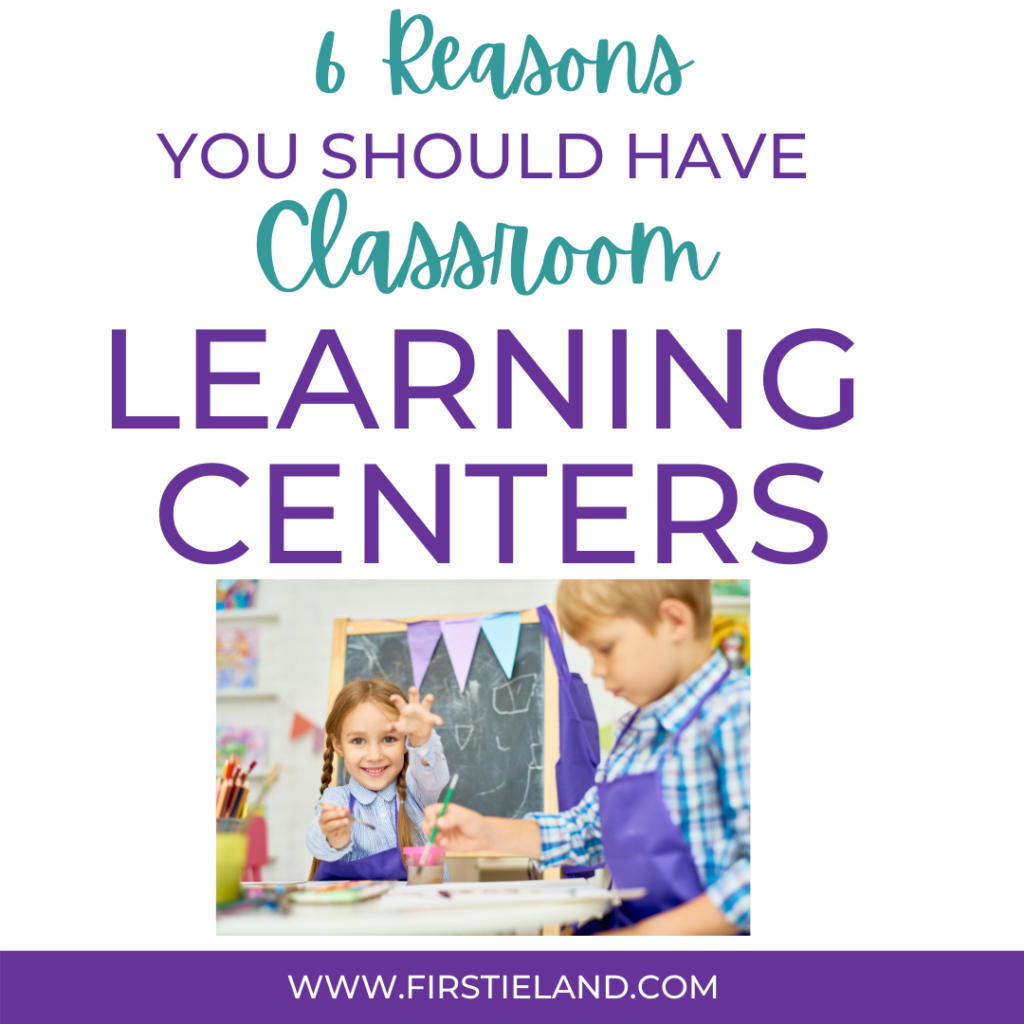
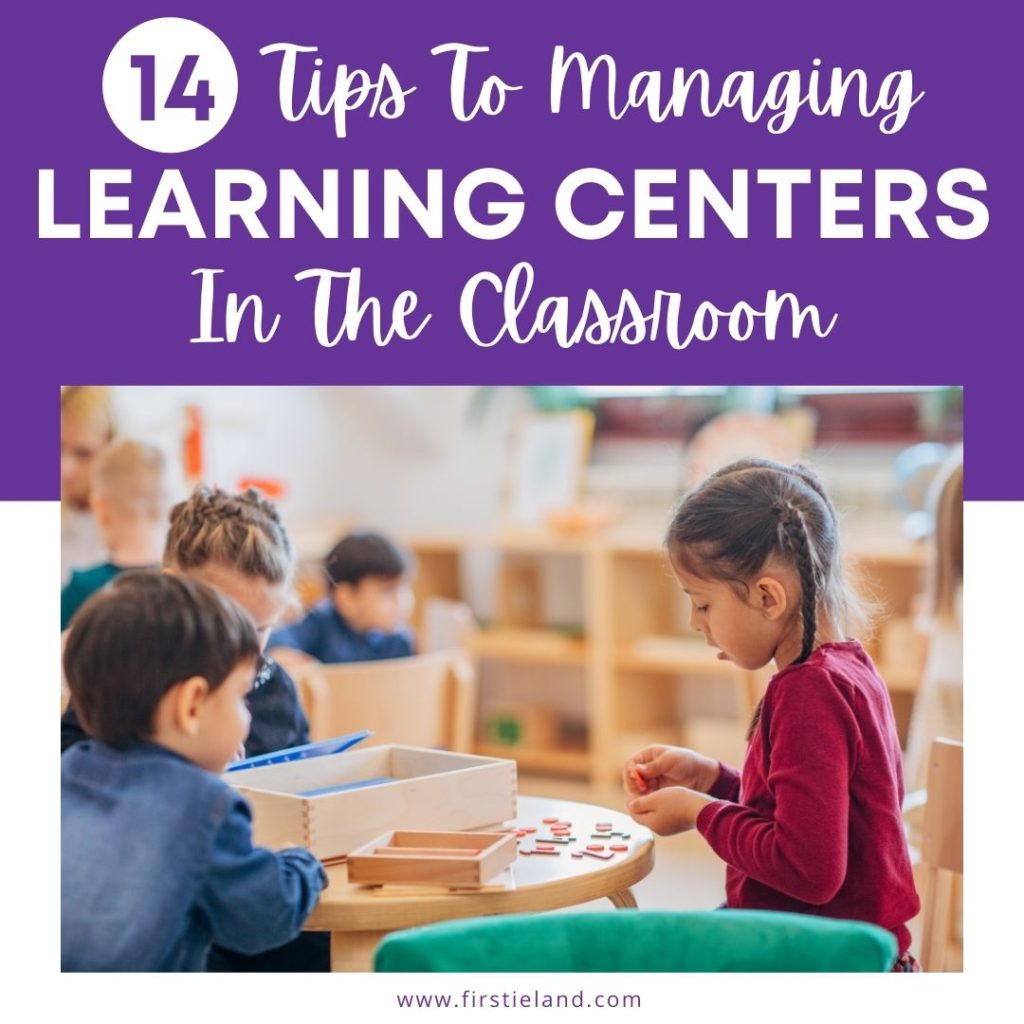
SAVE THESE IDEAS FOR LATER!
Take a minute to save these tips to your favorite literacy center Pinterest board so you can remember them later!


